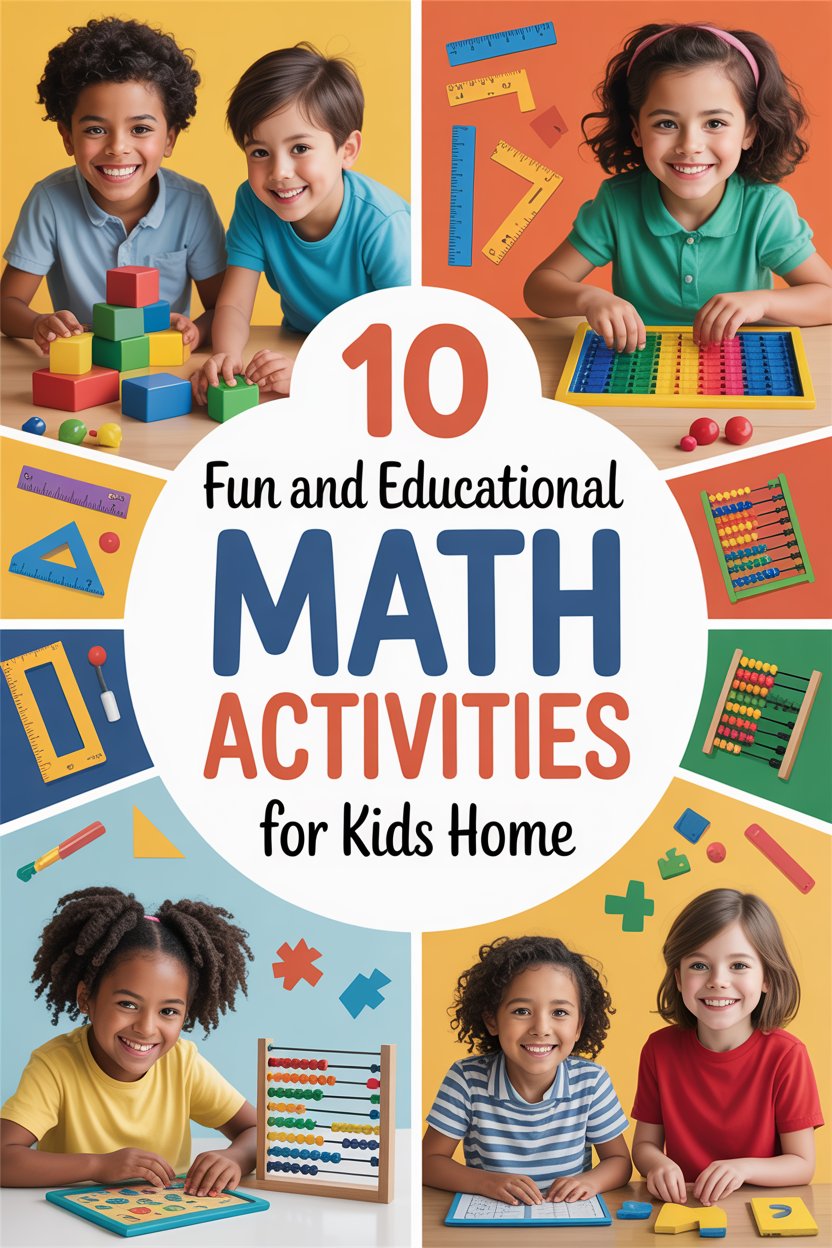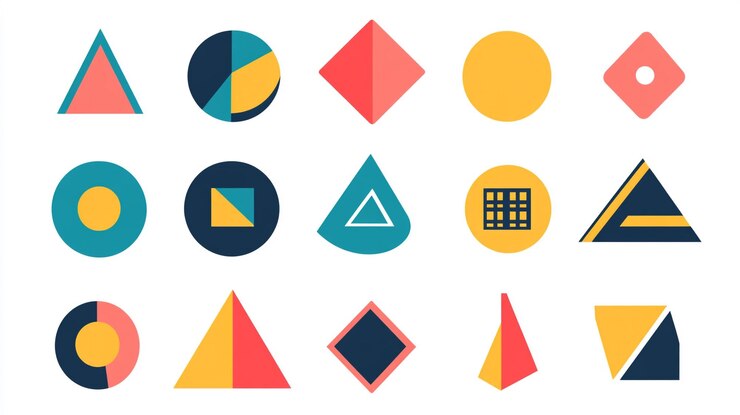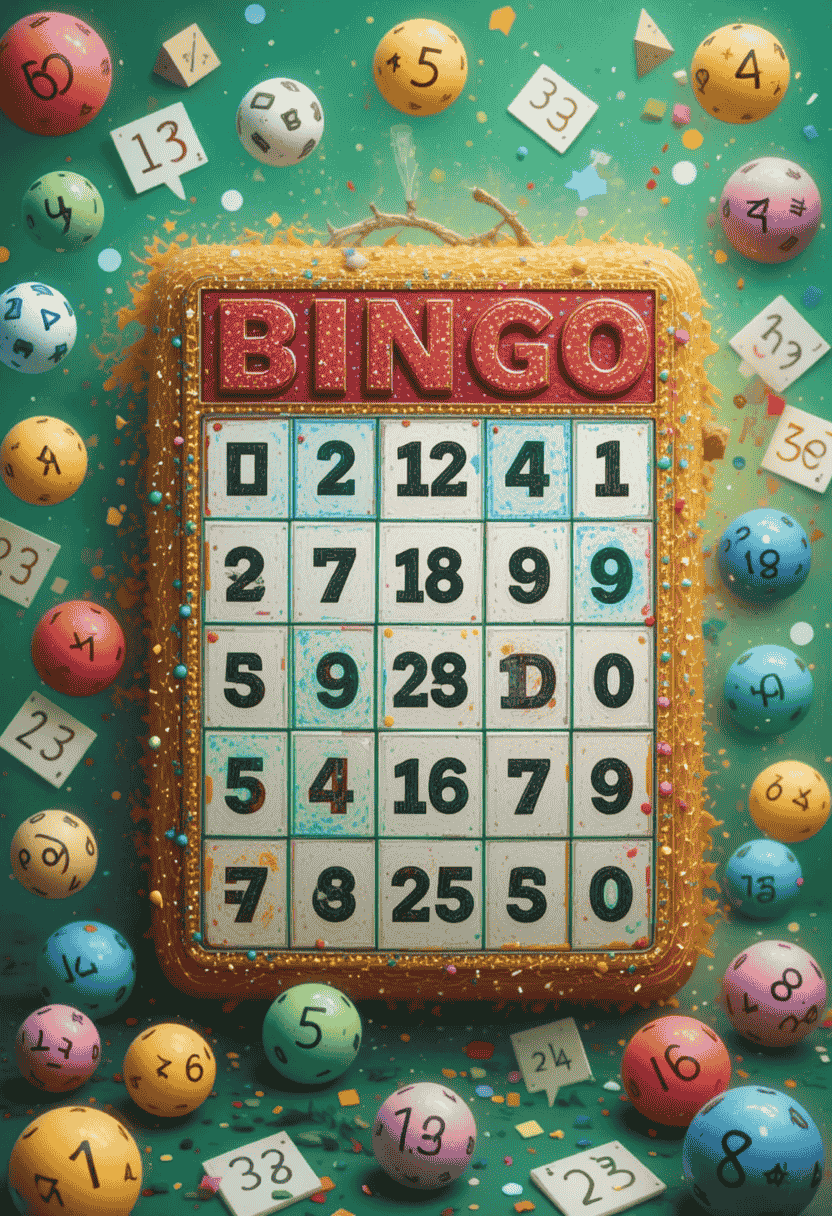Mathematics is more than simple numbers or equations; it has to do with problem-solving, creativity, and critical thinking. Fun and learning can be drawn into doing math activities at home with your child, which helps learning to love math while improving it. Here are more than ten great activities that promise explorative fun and meaning to kids in math.
1 . Mathematics in the Kitchen
The kitchen is a haven full of things worth knowing when it comes to maths. Measuring, fractions, and counting come into practice during cooking and baking.
Measuring Ingredients: Ask your child to measure flour, sugar or water with different units (cups, tablespoons) so this would make knowing what volume means an easier task as well as conversions between the two units.
Doubling or Halving Recipes: Change a recipe for greater or fewer servings-fun with multiplication and division.
Cost Calculation: A simple chart can be made to value the cost of ingredients, teaching them about money and budgeting.
2. Math Scavenger Hunt
An adventure using math in your home or yard.
Shape Hunt: List the following shapes: circle, square, triangle, and direct your child to find an item that goes with each shape.
Number Hunt: Have them find things in certain amounts, e.g., “Find 3 red things.”
Measurement Hunt: Challenge them to find objects of certain length or weight.
Such exercises develop problem-solving and critical-thinking skills but are also fun learning math.
3. Board Games with a Twist of Math
These classic board games can be adapted to supplement math skill development.
Monopoly: Counting money, making change, and understanding property values are the focuses here.
Yahtzee: How to practice addition and probability using the dice.
Chutes and Ladders: Reinforcing counting and basic addition with this game.
These turns math work into a fun interactive game.
4. Math Bingo
Prepare Math Bingo with math problems in each box.
Addition / Subtraction Math Bingo: Call out math problems and children mark the answer on their cards.
Multiplication / Division Math Bingo: Same for older kids with multiplication or division problems.
This forms an interesting way of practicing number recognition and arithmetic.
5. Shape Builder
Use different tangrams or blocks to create and build various shapes.
Tangram Challenges: Give an intact tangram puzzle and get your child to reproduce shapes,
Block Creations: Make various geometric shapes by using building blocks.
This activity enhances understanding of space and shape recognition.
6. Math Storytelling
Combine the art of storytelling with a math problem and do a little bit of creative thinking to generate stories with math problems.
Story Problems: Create a story in which certain characters will face their math difficulties, e.g. “Lily has 5 apples and gives 2 to her friend. How many does she have left?”.
While talking through an interactive story, stop and ask your child to solve math problems involving the current plot.
This actually makes maths friendly and fun.
7. Measure it Up
Make your house a mathematically messy laboratory through measurement activities.
Measuring Objects: Rulers or measuring tapes can be used to measure various lengths of different objects.
Comparing Sizes: Compare heights of family members or lengths of varied items.
Estimating and Measuring: Estimate the length of an object, then measure to see how close the estimate was.
Learning outcome: enhanced understanding of measurement concepts, units.
8. Coin Sorting
Teach about money as well as counting through this collection of coins.
Sorting by Denomination: Set up the sorting of coins into groups (pennies, nickels, dimes, quarters) for your child.
Counting Money: Count the total values of each group.
Making Change: Set up situations where your child has to give the proper change for a purchase.
This game strengthens understanding in counting, recognition of currency, and basic financial literacy.
9. Art Projects Math
Combine creativity with mathematics by producing art using geometric shapes, symmetry, and patterns.
Symmetry Art: Fold paper in half and allow a child to paint or draw on one side and then press it for a symmetrical design.
Shape Collages: Collages made of cut-out shapes, patterned or pictured.
Graph Paper Designs: Use graph paper to create pixel art with the added feel of multiplication and division.
These projects reaffirm geometric concepts while encouraging the artsy soul.
10. Outdoor Mathematics Adventures
Learn mathematics in an open place, the world beyond your four walls.
Shadow Measurement: Measure how long shadows are cast at different times of the day and why they differ.
Counting Nature: Count different types of leaves, flowers, and rocks found in nature.
Estimate Distance: Estimate and then measure the distance between two points to test how accurate your estimates may have been.
Math connects these activities to real-world experiences.
11. Math Puzzle Adventure:
Puzzles are interesting as they have to think mathematically.
Logic Puzzles: solve puzzles based on patterns, sequences, or logical reasoning.
Number Puzzles: for instance Sudoku, KenKen, etc. where only numbers comply within given rules for placement.
Online Math Games: Educational websites or apps offering math-based puzzle challenges.
These can stimulate critical thinking and problem-solving skills.
12. Money Master
Through games, make your child learn about money.
Board Games: Use board games, Monopoly, or Life, which play money transactions.
Store Setting: Create a pretend store in which your child can “buy” items from “selling” ones.
Budgeting Activities: Give a set amount of play money to the child for making a shopping list.
Such kinds of activities are a fun and easy way to learn the first basic financial concepts.
Math can be tied into everyday things that not only make it more enjoyable to learn but also show kids all the real-life applications of math. Whether it’s cooking, gaming, or playing outside, learning can take place in many areas of life. These activities can help children develop a positive attitude toward mathematics and provide an excellent foundation for future learning. The most important thing is to be able to make it relatable to what the child loves and the things he has experienced. Happy learning!




